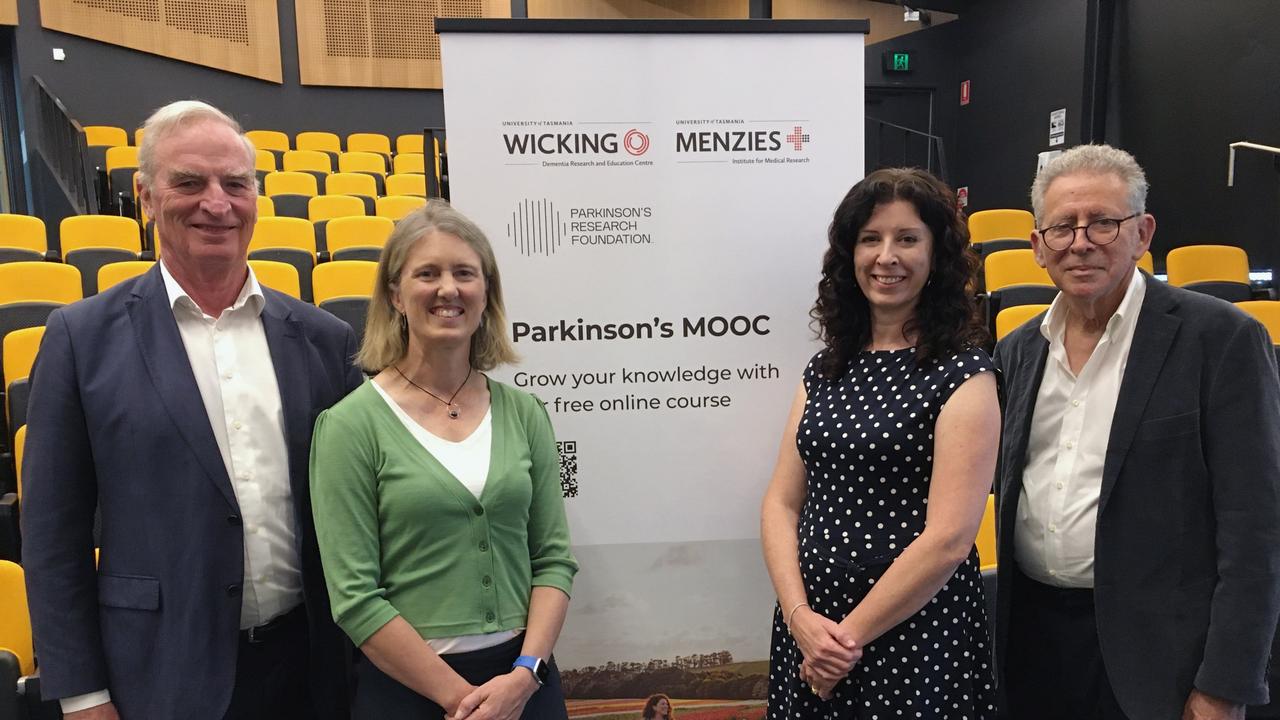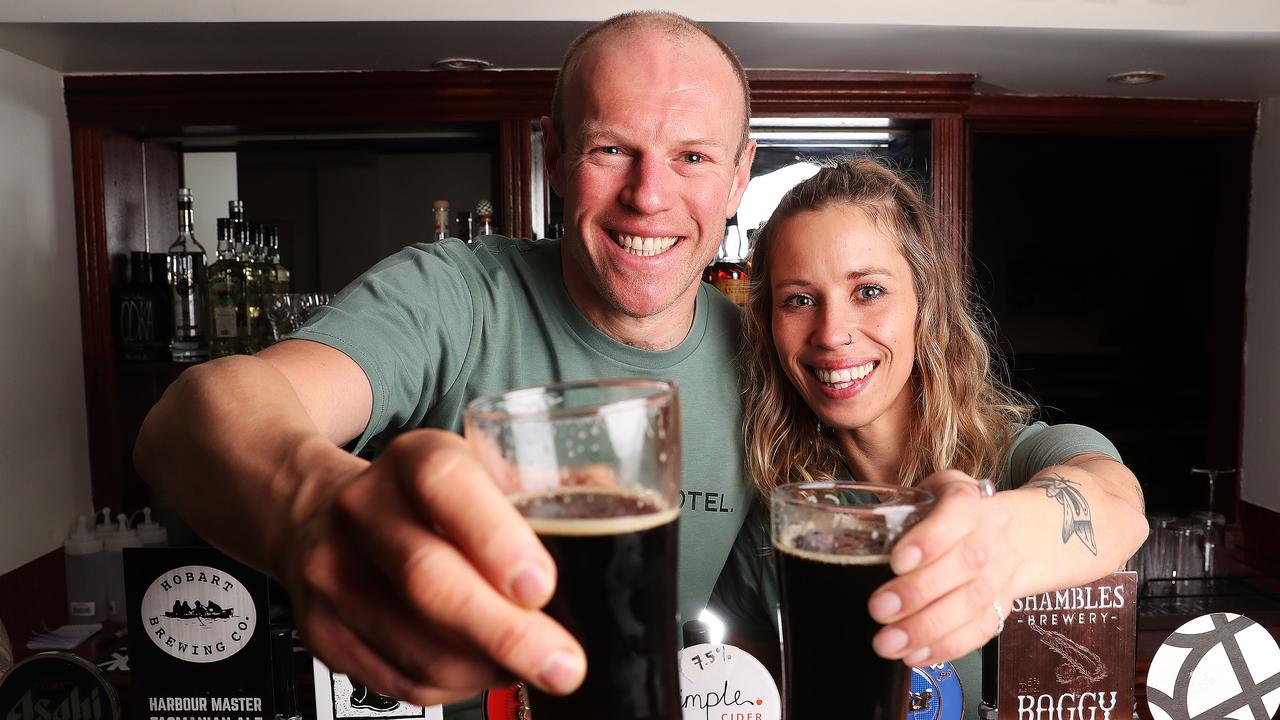Housing crisis: More than 4000 Tasmanians on the waitlist for social housing
The enormity of Tasmania’s housing crisis has once again been laid bare, with new figures revealing over 4000 locals have applications on the housing register with some waiting over a year to be housed. FIGURES >>

Tasmania
Don't miss out on the headlines from Tasmania. Followed categories will be added to My News.
- Tassie continues monitoring NSW as Sydney Covid cluster grows
- Controversial developer reveals new plans for five-star Hobart hotel
THE enormity of Tasmania’s housing crisis has once again been laid bare, with new figures revealing an unwanted milestone has been reached.
Highlighting the grim reality of the issue, there are now more than 4000 Tasmanian individuals and families with applications on the housing register, Human Services Dashboard data shows.
The 4006 applications listed as at the end of March this year was 573 more than 12 months earlier, while priority applicants are waiting more than 55 weeks to be housed.
The Tasmanian Council of Social Service says the damning figures should serve as a wake-up call to state leaders.
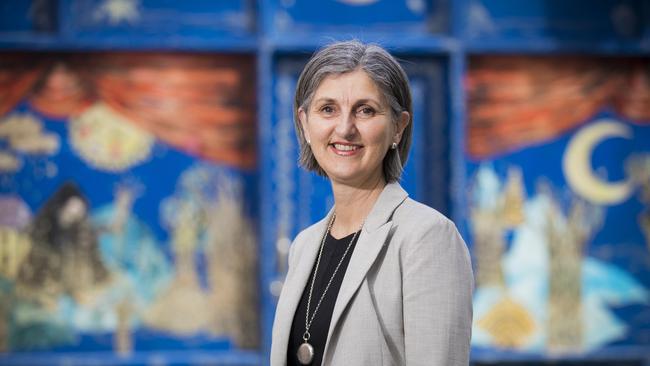
TasCOSS chief executive Adrienne Picone said much more needed to be done to break the back of the state’s worsening housing crisis.
“The reality is, right now (with the state government’s election promise of 3,500 new homes by 2027) we are running to a standstill on housing and anyone who has set foot in a rental open home of late can attest to the fact the crisis is quite simply getting worse,’’ she said.
“In the wake of the pandemic, thousands more Tasmanians have found themselves in acute housing stress.
“As we enter the depths of winter, we must ramp up efforts to increase housing stock so more Tasmanians can access safe, secure and affordable housing.”
Ms Picone said just to keep pace with current and projected housing need, the state government would need to deliver 14,000 affordable homes over the next 15 years — equivalent to about 1000 per year.
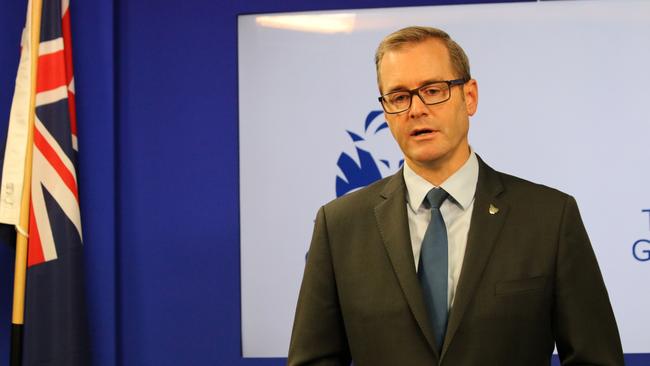
But Housing Minister Michael Ferguson said the government’s plan to deliver more social housing would put downward pressure on the housing market.
He said as of March 31, the government’s affordable housing strategy had delivered 1653 new homes, blocks of land and new places in supported accommodation and homeless services.
Mr Ferguson said the dashboard showed an increase in the housing register for public housing which occurred for a number of reasons.
“The register includes people who may already have a home or accommodation but would prefer to pay lower rent, look after a growing family or have more security of tenure,’’ he said.
“We all know that building more houses is the solution — a sentiment backed by peak bodies such as Shelter Tasmania who I had the pleasure of meeting recently.”
Labor housing spokeswoman Anita Dow described the waiting list as out of control.
“No matter what way the government and Housing Minister Michael Ferguson attempt to spin the situation the fact is Tasmania remains in the grip of an unprecedented housing crisis under a government that has done next to nothing over the past seven years,’’ Ms Dow said.
“Thousands of Tasmanian families are facing a very bleak winter couch surfing, living in cars and tents, with very little access to shelters and relying on the kindness of friends and family.”
Brink of homelessness: Families’ agonising wait
Living in a caravan in mum and dad’s yard, moving your family between two relatives’ houses each fortnight – Tasmanians have become fed up waiting for secure accommodation as dwelling approvals dwindle.
Rodney Law has been on the housing list for 12 months and has faced 57 rental rejections in northern Tasmania.
He believed his $300 weekly Newstart income and his seven-year-old pet cat and “best mate” Puddin made him a less desirable tenant for landlords.
“Rents are starting to go through the roof so it’s near impossible,” he said.
Mr Law has been living in a caravan at his parents’ property.

“I’ve only got to pay $100 rent a week, $20 a month for power and internet is free,” he said. “The caravan doesn’t have sewage and hot water but I buy and cook my own food. It’s not warm but at least I’ve got a roof over my head and I’m in a safe place.”
New Australian Bureau of Statistics data showed dwelling approvals fell by 8.6 per cent nationally and 2.5 per cent statewide in April.
The data showed 363 private houses were approved to be built in Tasmania over the month, 168 of which were in Greater Hobart.
Five new public houses were approved in the state, compared with five in March, three in February and one in January.
Despite the figures, Mr Law was “very hopeful” he would be housed soon.
The 48-year-old was in the process of having his security licence renewed and had work lined up.
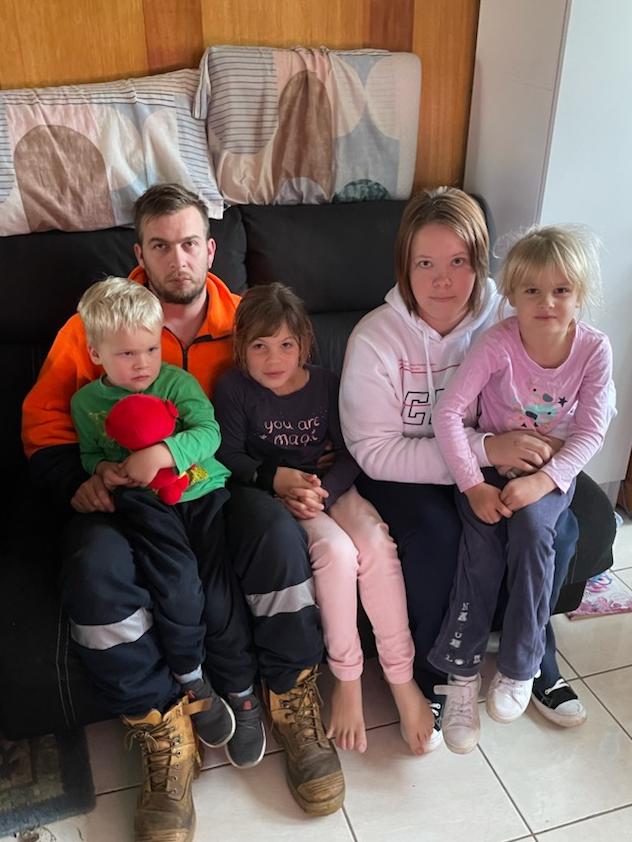
Lynda Fitzpatrick has been on the waiting list for nine months, living at her mother’s house in East Devonport with her husband and son, spending every second weekend with her two daughters, who live with their great-grandmother in Spreyton.
She said the lack of secure accommodation exacerbated her mental and physical ailments and left her children confused.
“It’s putting a lot of stress on us,” she said.
“I’m not asking for anything specific, I just want a secure area for my kids to run and play in.”
Mission Australia CEO James Toomey said regional Tasmania had been “greatly impacted” by rent increases.
“Even more people are grappling with the severe rental stress of paying more than 30 per cent of their income on rent, which is placing them on the brink of homelessness,” he said.
Mission Australia manages some 500 social homes in Clarence Plains, Rokeby and Clarendon Vale.
Energy poverty rampant as heating bills sky high
Marina Chapman and her family have spent the last 20 years braving harsh winters with poor quality heating, and TasCOSS estimate 59,000 statewide households are in the same boat.
Ms Chapman and her husband and son live below the poverty line on $1700 a fortnight from a mixed income of part-time employment and welfare payments.
The family has had to make sacrifices and are well accustomed to only keeping their heaters on a low setting at off-peak times.
“You get to winter and think ‘what am I going to do?’,” Ms Chapman said.
“I put four blankets on my bed. When my son’s at home in the day or night he’ll have a hot water bottle.
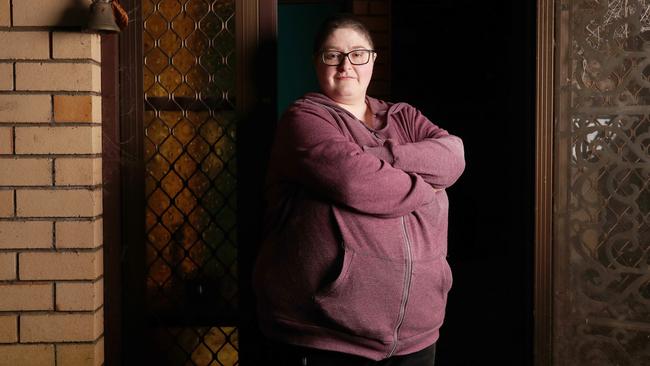
“Quite often my husband will walk around in a beanie and a scarf and two jumpers.”
Mould had grown at the South Hobart home, with both parents living with asthma and the family enduring constantly blocked sinuses.
But Ms Chapman said they were among the luckier families experiencing energy poverty across Tasmania.
“If we didn’t own this house we’d be on the streets because I don’t know how people juggle power bills and mortgages or rental prices at the same time,” she said.
“We would have liked to have been able to do better for our kids because both of us grew up in warm houses.”
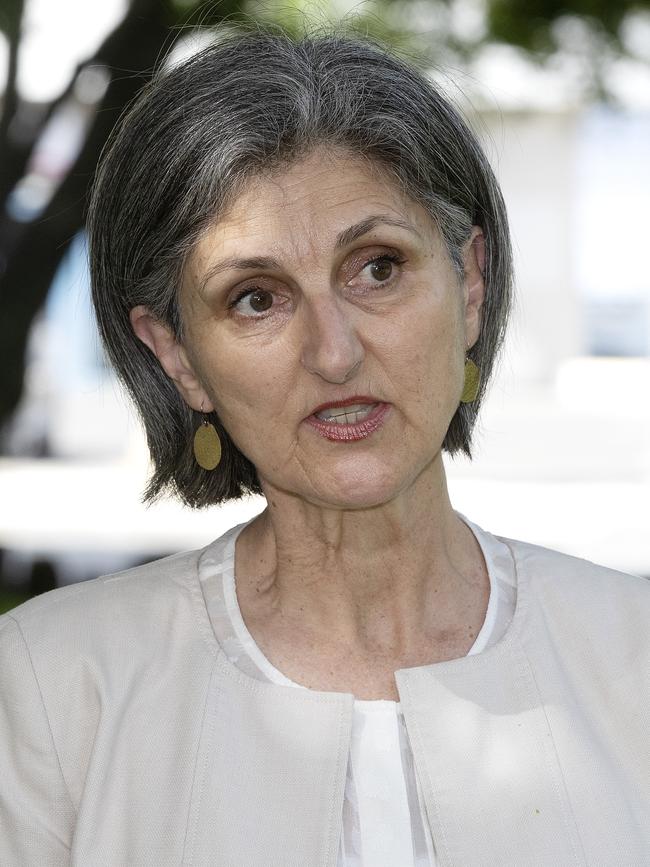
TasCOSS CEO Adrienne Picone classified energy poverty as avoiding activities like showering, cooking or using heaters to avoid energy prices.
“We estimate around 59,000 households in Tasmania are experiencing energy poverty,” she said.
“That is the equivalent of the entire northern region of our state.”
TasCOSS commissioned a Tasmanian Residential Electricity Price Comparisons report from Goanna Energy Consulting which found despite the state having the second-lowest electricity prices per unit in Australia, electricity bills were still the nation’s highest partly because of colder weather and less natural gas access.
The report described the state government’s goal of achieving the lowest power prices per unit by 2022 as “not particularly meaningful” with recommendations to focus more on competitively-priced electricity.
“It’s a bit like a supermarket boasting it has the ‘lowest recommended retail price for apples’ and another store sells apples at 10 per cent off the recommended retail price,” Ms Picone said.
“The government can assist households to lower their power bills by both lowering electricity prices and supporting investment in household energy efficiency upgrades.”
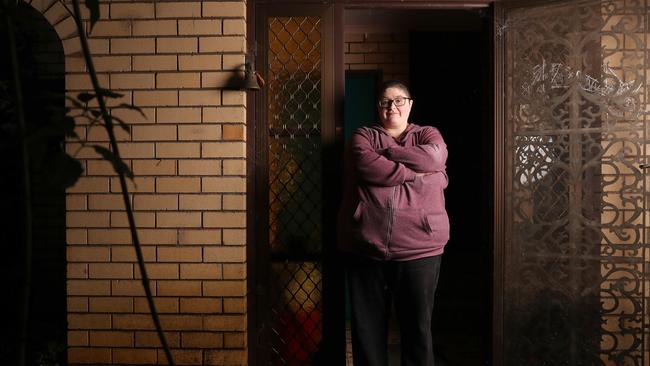
A state government spokesman said the Energy Saver Loan and Subsidy Scheme had been funded by $2 million, and said the winter energy bill relief of $125 per household would benefit some 90,000 Tasmanian concession customers.
“Since forming government more than six years ago, regulated power prices have only increased by around 2.2 per cent in nominal terms, compared with the 65 per cent hike Tasmanians endured over the 7 year term on Labor’s watch,” the spokesman said.
Ms Chapman said often energy poverty was followed by the inability to afford clothing, rent and food, as a University of Tasmania study released this week showed nearly one in five Tasmanians were experiencing food insecurity.
“We need to make sure electricity prices are lower here in Tasmania,” she said.
“It would also help to improve energy efficiency.”
Homes to provide safety amid domestic violence
More crisis and social housing will improve the wellbeing and safety of Tasmanian women and children fleeing domestic violence, Federal Families and Social Services Minister Anne Ruston has said.
Ms Ruston will visit service providers and stakeholders in the state this week as the Federal Government continues rolling out the $4 million Safe Places Emergency Accommodation program.
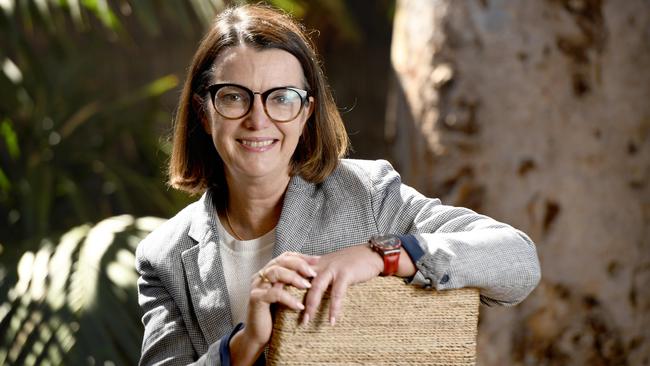
She said Jireh House – one of three organisations sharing in the funds – was on track to create two, three-bedroom homes by September.
“Under the Hobart City Deal, 52 homes have already been tenanted and a further 10 homes will be available by the end of June 2021,” Ms Ruston said.
The Federal government hoped to deliver 100 new social homes in Greater Hobart by June next year through the $30 million Hobart City Deal investment.
State Housing Minister Michael Ferguson said 32 homes would be built by Housing Choices Tasmania at Granton and Rosetta.
“Our record investment of $615 million into social and affordable housing and homelessness initiatives including our record election commitment of $280 million will result in an extra 2000 homes by 2027,” Mr Ferguson said.
“This is on top of the 1,500 already being built over the next three years.”
More information on the Hobart City Deal or Safe Places Emergency Accommodation grants at dss.gov.au/housing-support-programs-services-housing/hobart-city-deal
and communitygrants.gov.au/grants/safe-places-emergency-accommodation
For sexual assault, domestic or family violence support call 1800RESPECT or visit 1800respect.org.au

